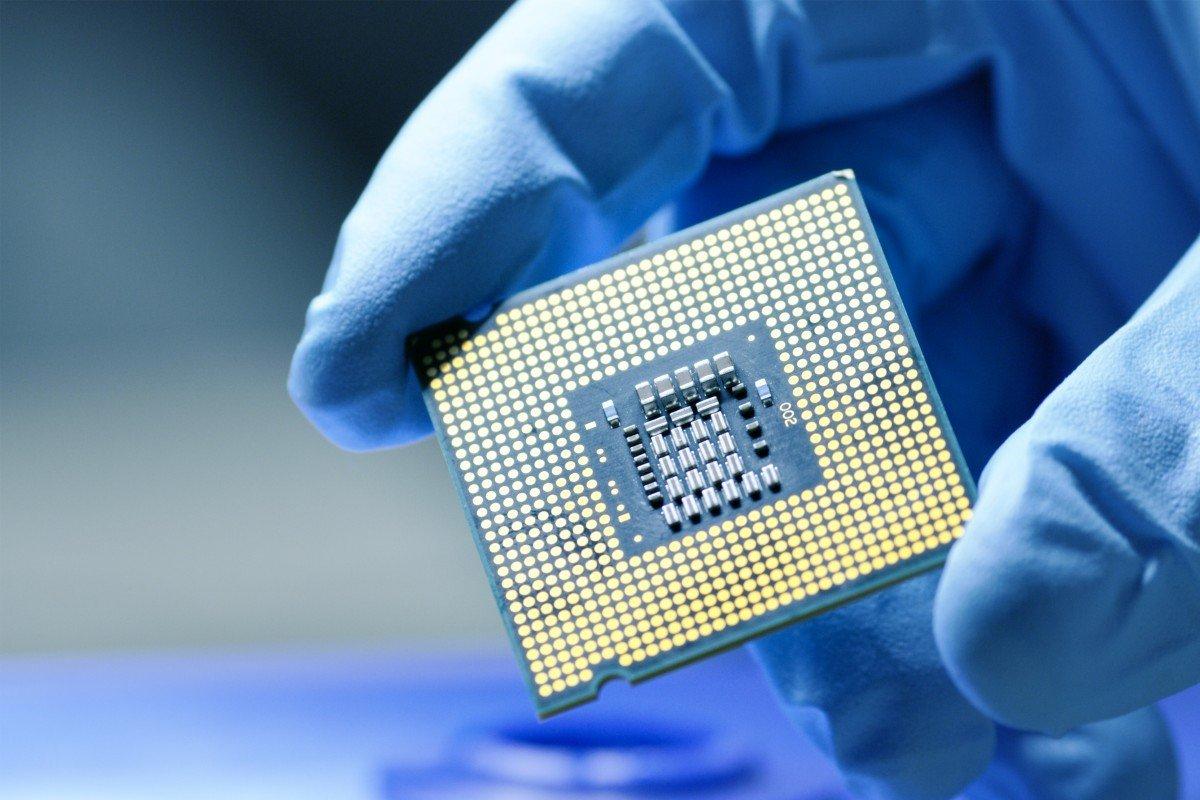BY KORAY OZTOPCU
Demands for digitalization and sustainable mobility have increased significantly with the pandemic and the production of chips and semiconductors, which are used in most of the devices we use in our daily lives, has recently become one of the most discussed issues in the global power balance.
The use of chips is increasing day by day in various communication devices, including smartphones, computers, automobiles, game consoles, solar energy systems, and smart home devices, as well as in many parts produced for the defense industry, space, and aviation.
Today, while the global shortage of semiconductors continues, we still see delivery times for semiconductors exceeding 40-52 weeks on average.
What’s behind the ongoing global chip scarcity?
Every connection of the global supply chain continues to be severely disrupted as the COVID-19 pandemic fuels its long-term effects, including workforce challenges and geopolitical uncertainties.
While demand for all commodities fell with the closure of factories at the start of the pandemic, the rapid increase in consumer demand and spending created an extraordinary need for semiconductors in the global economy.
Even the world’s largest chipmaker, which controls 28% of global semiconductor manufacturing capacity is experiencing ongoing shortages. Major chipmakers are investing billions of dollars in building new factories to accelerate chip production.
Looking back: The changing global equilibrium 1995-2014 and beyond
It took about 1,000 years for the invention of paper to spread from China to Europe. Today, we see that the spread of information and technology across borders is intensifying due to globalization.
Between 1995 and 2014, the U.S., Japan, Germany, France, and the UK (G5) produced three-quarters of all patented innovations worldwide. Afterward, other major countries – especially China and Korea – started to make significant contributions to global knowledge in recent years and became one of the top five leaders in many sectors.
In 1995, the U.S., Europe, and Japan dominated global patent citations, while China and Korea increasingly used the global stock of knowledge measured by patent citations.
International governments have also joined efforts to increase chip capacity.
Last year, the U.S. directed both US and Asian high-tech companies to open production facilities in the country against the negative consequences of being so dependent on contract manufacturing in Asia. Taiwan’s largest chip manufacturer will start production in 2024 at the factory to be established in Arizona with a cost of USD 12bn. It is thought that the balance change in Asia will have a major knock-on effect on the world automotive industry.
While a USD 280bn incentive bill for chip production was approved in the U.S., approximately USD 52bn in support for semiconductor production is offered, as well as a 25% tax cut for four years to encourage factory installation. The first semiconductor manufacturing facility, with the passage of the Act to Create Useful Incentives to Manufacture Semiconductors for the Americas (CHIPS) in August 2022 is expected to boost multiple investments and provide USD 52bn to fund new chip manufacturing projects. More than USD 200bn in investment was announced for the passage of the CHIPS Act and subsequent structuring, covering more than 40 projects in 16 states.
Countries have been making an intense effort for years to bring back the production of high-tech components for the defense and aerospace industry with the increasing need for technology.
The European Commission is preparing to announce a package that will support the chip industry with EUR 43bn in public funds, with the European Chip Act to double Europe’s share of global chip production from 10% to 20% by 2030. In this context, it is planned to establish a chip factory in the northeast of Germany as the first step.
While South Korea aims to support its industry with USD 450bn, the Japanese government has announced its plan to support the investment of two private companies to open a new factory.
Made in China
MIC 2025 is to invest heavily in China’s innovations to reduce China’s position as a global powerhouse in high-tech industries and its reliance on foreign technology imports, creating Chinese companies that can compete both locally and globally.
It seeks to increase its production capacities to bring it in line with other industrialized countries, taking advantage of the opportunity to acquire new sources of growth in China.
How has the chip scarcity affected the markets? Impact on automotive economy
While the automotive industry is one of the sectors most affected by the chip shortage, the current chip challenges of the chip industry dating back to 2018, the rapid increase in automotive, white goods, smartphone demand and the pandemic, and the unexpected increase in automobile demand in the last quarter of 2020 and 2021. It became a big problem as it continued throughout the first half.
In 2021, automotive factories had to cut production or even temporarily shut down due to component failures. The growing demand for electric vehicles around the world was also supported by the shortage of chip supply.
Automakers removed 10.5 million cars in 2021 and an estimated 4.3 million cars in 2022 from their production schedules. It is expected that the sector will see 2-3 million cuts from production in 2023.
China COVID-19 shutdowns, raw material supply shortages, and the occupation of Ukraine have increased prices and limited the supply of raw materials used in semiconductor manufacturing, as of early 2023, Average delivery times for most standard semiconductors are 26 to 52 weeks and further microchips average 52 to 52 weeks. It can reach 78 weeks.
In this new period, which slowed growth and adjusted market demands, raw materials, logistics, and labor increased, while an increase of 10-20% was seen for semiconductors. In 2023, prices are expected to increase by 3% to 6%.
Automotive chip shortages are also driving up the price of new cars
The automobile industry’s chip demand accounts for approximately 20% of total demand, while the average car uses more than 1,000 microprocessors. However, the demand for semiconductors continues to rise, driven by twice the number of chips in electric vehicles coming to the market.
The average price of a new car has increased by 16% globally in two years due to chip shortages and increasing consumer demand. The new car price in the U.S. at the end of 2020 was USD 46,382 in December 2022, from USD 40,000.
Growing trade tensions, Russia-Ukraine War
The trading focus between China and the U.S., the world’s largest trading partners, seems to be focused on microprocessor chips.
In October 2022, the U.S. passed a law, announcing broad export restrictions that made it difficult for Chinese organizations to acquire advanced semiconductor technology, and that included requiring a license to export certain products and chips using their software and banning sales to certain companies.
On the other hand, Russia’s invasion of Ukraine in 2022 had a significant impact on the supply chain. Before the invasion, Ukraine was one of the largest suppliers of various raw materials used in semiconductor production, such as neon gas. The ongoing conflict has limited the country’s ability to capture, process, and export these materials.
Ending the occupation in 2023 could clear a major bottleneck in the microprocessor manufacturing supply chain. But the ongoing war means producers will have to find other sources of raw materials and continued cuts.
In the coming years, under the influence of the Internet of Things, 5G, and automotive, especially the electrification of the automotive industry, chip shortages will also be slowing down electric vehicle projects, including the implementation of IoT modules using 5G networks.
Today, in line with the increasing raw material shortages due to the Ukraine-Russia war and possible semiconductor supply problems that may arise with the Sino-Taiwan tension, the damage in international commodity markets and the negative impact of these damages on supply chains and logistics seem to slow down the change in the automotive industry and the ecosystem to be formed. However, this situation can also open the way for new formations and opportunities. USD 500bn allocated by the automotive industry for the change in this ecosystem also shows how important the process is. In addition to sustainable consumer finance and end-to-end financing solutions such as instant loans at the dealership and digital vehicle loans offered to consumers, charging station and service loan products will become increasingly important in the transformation of the automotive industry.










